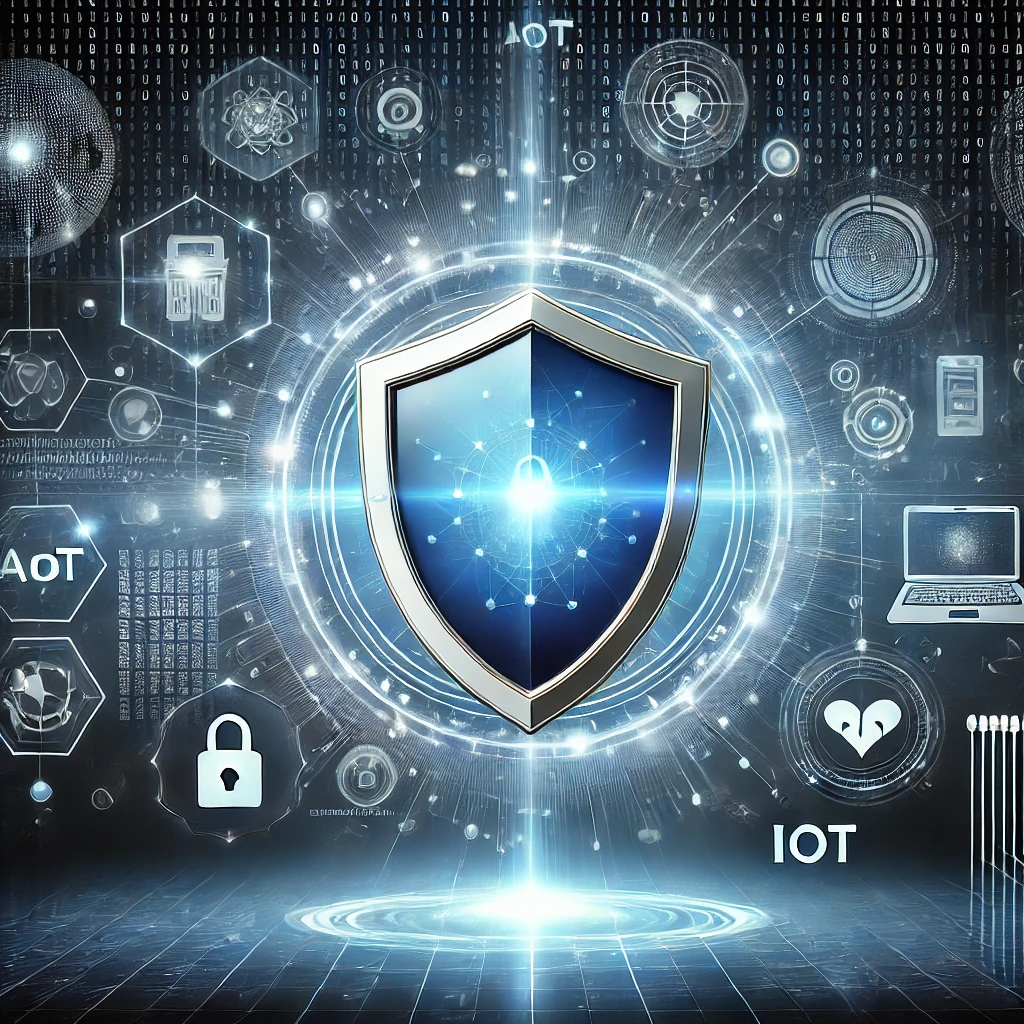Read Our Latest Blogs
Discover exciting news and insight at Bannockburn
Cybersecurity Trends to Watch in 2025: Staying Ahead of Emerging Threats
By: Ali Alsalkhadi
•January 8, 2025

As we navigate 2025, the cybersecurity landscape continues to evolve, presenting businesses with increasingly complex challenges. Cybercriminals are adopting sophisticated tactics, leveraging emerging technologies to exploit vulnerabilities. Staying ahead of these threats requires a proactive approach, combining cutting-edge security tools with a culture of awareness and vigilance. At Bannockburn, we’re closely monitoring these developments and helping organizations strengthen their defenses. Here’s an overview of the key cybersecurity trends to watch this year.
The Rise of AI-Driven Cyber Attacks
Artificial intelligence has become a double-edged sword in cybersecurity. While AI-driven tools have enhanced threat detection and response, cybercriminals are now using AI to create adaptive malware and highly convincing phishing schemes. These attacks are not only more effective but also harder to detect using traditional methods.
To counter these threats, businesses must invest in AI-powered security solutions capable of identifying and neutralizing malicious activity in real-time. Additionally, comprehensive employee training remains critical, as human error often serves as the entry point for cyber attacks. Empowering teams to recognize and report suspicious activities can significantly reduce risks.
Securing the Internet of Things (IoT)
The proliferation of IoT devices—from smart appliances to industrial sensors—has expanded the attack surface for cybercriminals. Many IoT devices lack robust security features, making them attractive targets. A compromised IoT device can provide attackers with a gateway to an organization’s network, exposing sensitive data and critical systems.
To mitigate these risks, organizations must prioritize IoT security. This includes implementing strict device management protocols, ensuring firmware is updated promptly, and using network segmentation to isolate vulnerable devices. Regular audits of IoT environments can also help identify potential weaknesses before they can be exploited.
Ransomware Evolves with Double Extortion
Ransomware attacks remain one of the most devastating threats, with attackers increasingly targeting industries like healthcare, finance, and manufacturing. Double extortion tactics—where attackers not only encrypt data but also threaten to leak it—are becoming more common, amplifying the stakes for affected organizations.
To defend against ransomware, businesses must adopt a proactive stance. Encrypting sensitive data, maintaining regular backups, and preparing comprehensive incident response plans are essential steps. Additionally, penetration testing and vulnerability assessments can help identify weak points, enabling organizations to address them before attackers do.
The Shift to Zero Trust Security
The transition to hybrid work environments has accelerated the adoption of Zero Trust architecture. Traditional perimeter-based security models are no longer sufficient as employees access systems from various locations and devices. Zero Trust emphasizes continuous authentication and strict access controls, ensuring that no user or device is trusted by default.
Organizations should implement multi-factor authentication (MFA), robust endpoint monitoring, and identity verification protocols to enhance their security posture. By adopting a Zero Trust approach, businesses can reduce the risk of unauthorized access and better protect their critical assets.
Combatting Supply Chain Attacks
Supply chain attacks are emerging as a major concern, with cybercriminals targeting third-party vendors and partners to infiltrate their ultimate targets. These attacks highlight the importance of scrutinizing the security practices of all vendors and limiting their access to sensitive data.
Conducting thorough risk assessments, requiring compliance with stringent security standards, and implementing contractual obligations for cybersecurity can help mitigate the risks associated with supply chain vulnerabilities. Collaboration and transparency between organizations and their vendors are key to building a resilient supply chain.
Building a Culture of Cybersecurity
While technological investments are critical, fostering a culture of cybersecurity awareness is equally important. Regular training sessions, clear communication of security policies, and encouraging a proactive mindset can empower employees to become the first line of defense against cyber threats.
Bannockburn’s Approach to Cybersecurity
At Bannockburn, we understand the complexities of today’s cybersecurity challenges. Our team works closely with organizations to design and implement tailored security strategies, leveraging the latest technologies and best practices.
